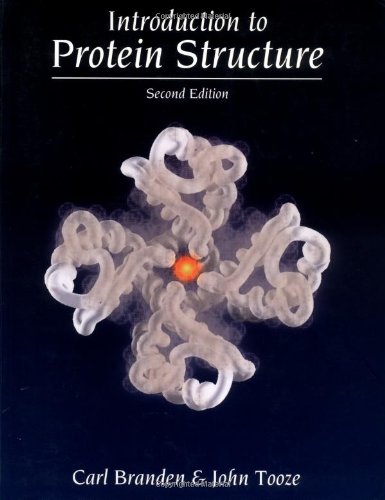Introduction to Protein Structure download
Par ward james le mardi, juin 21 2016, 10:01 - Lien permanent
Introduction to Protein Structure. Carl Branden, John Tooze

Introduction.to.Protein.Structure.pdf
ISBN: 0815323050,9780815323051 | 415 pages | 11 Mb

Introduction to Protein Structure Carl Branden, John Tooze
Publisher: Taylor & Francis
Proteins play an important role in living systems due to their unique structures that are large, flexible and complex (Schellekens 2004, Kumar et. Doi:10.1371/journal.pone.0051773. Power Point PDF slides Chapter 3 Summary. Chapter 4 (part 2) - Protein 3-D structure: 3o and 4o structure and protein folding (lecture 7). Human immunodeficiency virus type 1 (HIV-1) exhibits high genetic variability, with strains divided into three main groups: major (M), which are the cause of most HIV-1 infections worldwide, outlier (O) and new (N) that are non M and non O [1]. This additional information is to be found in the distribution 1. (2012) Introduction of Caveolae Structural Proteins into the Protozoan Toxoplasma Results in the Formation of Heterologous Caveolae but Not Caveolar Endocytosis. Lecture 4 – Introduction to Protein Structure (1)IntroductionProteins are the functional forms of polypeptides. A single protein crystal structure contains information about dynamic properties of the protein as well as providing a static view of one three-dimensional conformation. However, NMR investigations are limited by the size of the protein system, while ESR requires the introduction of spectroscopic probes into the system via site-directed spin-labeling (SDSL) techniques. In this review we will focus on the relationship between the structure of the Tat protein and its function as a secreted factor. Chapter 4 (part 1) - Protein Structure Introduction / 2o Structure (lecture 6). To this end we will summarize some of the exogenous Introduction.